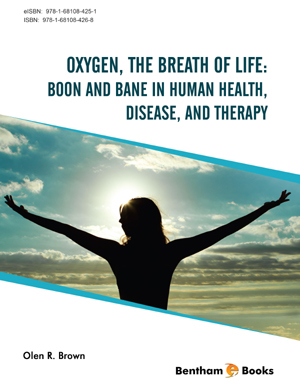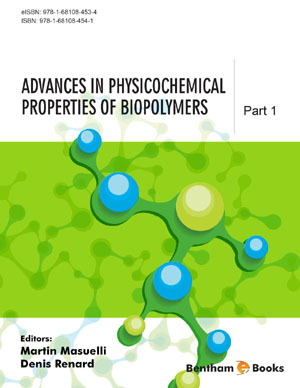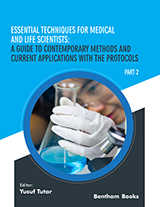Abstract
Oxygen is especially suited to serve as the terminal acceptor of electrons in the biological process within mitochondria of electron transfer. This process is linked via coupled reactions to oxidative phosphorylation that creates adenosine triphosphate (ATP), the universal storage and transfer form of energy for all aerobic life on earth. However, the unique arrangement of oxygen’s electrons is conducive to one-electron transfer reactions that can produce oxygen free radicals and cause biological oxidant stress. Hans Krebs was the genius who uncovered the complex, biological cycle that we know as the Krebs cycle which revealed the long-hidden secrets of how the energy of consumed food is made available for cellular functions. Oxygen is the only element with the special combination of unique attributes required for cellular bioenergetics, the process of “cold” burning of food molecules to power the cell’s energy needs. A special example of oxygen’s role in “cold burning” is the firefly’s luminescence.
Keywords: Apollo 13, ATP synthesis, Cellular respiration, Citric acid cycle, Coupled reactions, Cytochromes, Essential oxygen, Final electron-acceptor, Free radicals, Futile cycles, Hydrogen peroxide, Hydrosphere, Hydroxyl radical, Krebs cycle, Luciferase, Luciferin, Mitochondrial membranes, Oxidative metabolism, Ozone, Photosynthesis, Two-electron transfer, Valence electron.

















